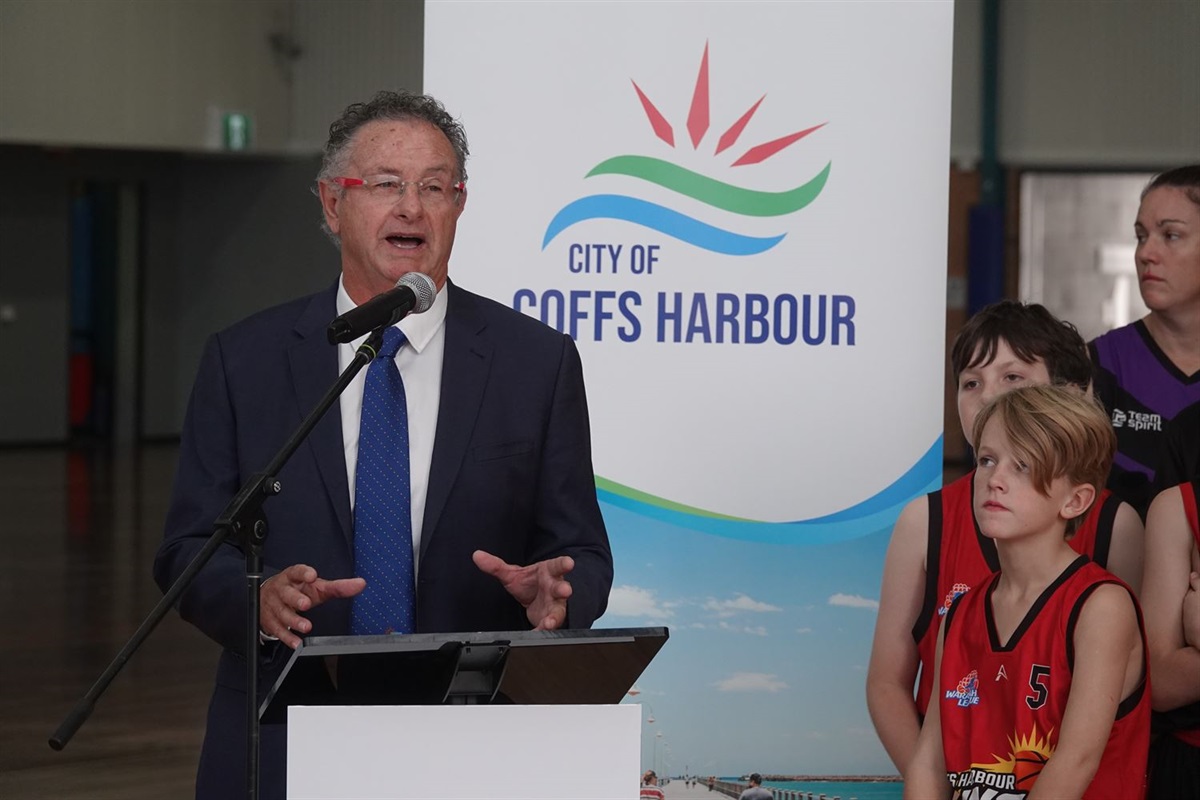Australian scientists produce world-first 400-year record of El Niño event types
A study by Australian scientists using cores drilled from coral has produced a world-first 400-year record of El Niño events, detecting different types of El Niño and showing that the nature of El Niño events has changed in recent decades.
The study, published in Nature Geoscience, reveals an unprecedented increase in the number of El Niños that peak in the central Pacific over the past 30 years compared to the past four centuries.
By contrast, there have been fewer eastern Pacific El Niño events over the past 30 years – but they have been the most intense El Niño events in the record.
The study, and the techniques the researchers used, will give scientists the opportunity to more accurately explore how global warming may change El Niños, and what this means for future weather and climate extremes.
The research team, which included scientists from the University of Melbourne, University of Wollongong, Australian National University and Monash University, teased out the information about past climate from coral cores spanning the Pacific Ocean.
Coral cores – like tree rings – have centuries-long growth patterns and contain isotopes that can tell us a lot about the climate of the past. Until now, however, they had not been used to detect the different types of El Niño events.
An understanding of El Niño events is vital because they produce extreme weather across the globe with particularly profound effects on precipitation and temperature extremes in Australia, South East Asia and the Americas.
University of Wollongong coral and climate change expert Associate Professor Helen McGregor, an ARC Future Fellow from the School of Earth, Atmospheric and Life Sciences, was one of the co-authors of the study.
“What was innovative in our approach was combining the seasonal details from records generated from corals right across the Pacific, exploiting the fact that corals record the local pattern of the broader system,” Professor McGregor said.
“The research is based on real-world observations. The study was a genuine collaboration between a scientists with different research backgrounds, led by an PhD student, and the science is better for it.”
The research team was led by Dr Mandy Freund from the University of Melbourne and the ARC Centre of Excellence for Climate Extremes.
“We are seeing more El Niños forming in the central Pacific Ocean in recent decades, which is unusual across the past 400 years,” Dr Freund said.
“There are even some early hints that the much stronger eastern Pacific El Niños, like those that occurred in 1997/98 and 2015/16 may be growing in intensity.”
Prior to this research, scientists were constrained by what they could say about El Niño behaviour because the instrumental record was short and it was hard to judge whether recent decadal changes were exceptional.
“This research has changed our understanding of the history of El Niño because we now know that the different types of El Niño have been a feature of our climate system for at least 400 years,” Professor McGregor said.
“We now have a long enough record to see that recent uptick in the central Pacific El Niño type is a real change. The change in central Pacific El Niño events is suggestive, but how it relates to climate change will need to be investigated further.”
The key to unlocking the El Niño record was the understanding that coral records contained enough information to identify seasonal changes in the tropical Pacific Ocean.
After carefully refining the technique to reconstruct the signature of El Niño in space and time using new machine learning techniques, the scientists were able to compare recent coral results with the instrumental record.
Dr Freund found a strong agreement between the coral cores and recorded events. This confirmation allowed the team to extend the record back in time.
The new, centuries long record opens a door not just to past changes but changes to El Niños in the future as well.
“The length of this record means we can calculate El Niño frequency overall and then the change in the frequency in the different types of El Niño,” Professor McGregor said.
“For the future of El Niño we now have a long baseline to compare to and test models used to forecast future El Niño events – the models that best represent what’s happened so far are more likely to better forecast the future.”
Dr Freund added: “Having a better understanding of how different types of El Niños have affected us in the past and present, will mean we are more able to model, predict and plan for future El Niños and their wide ranging impacts.”








